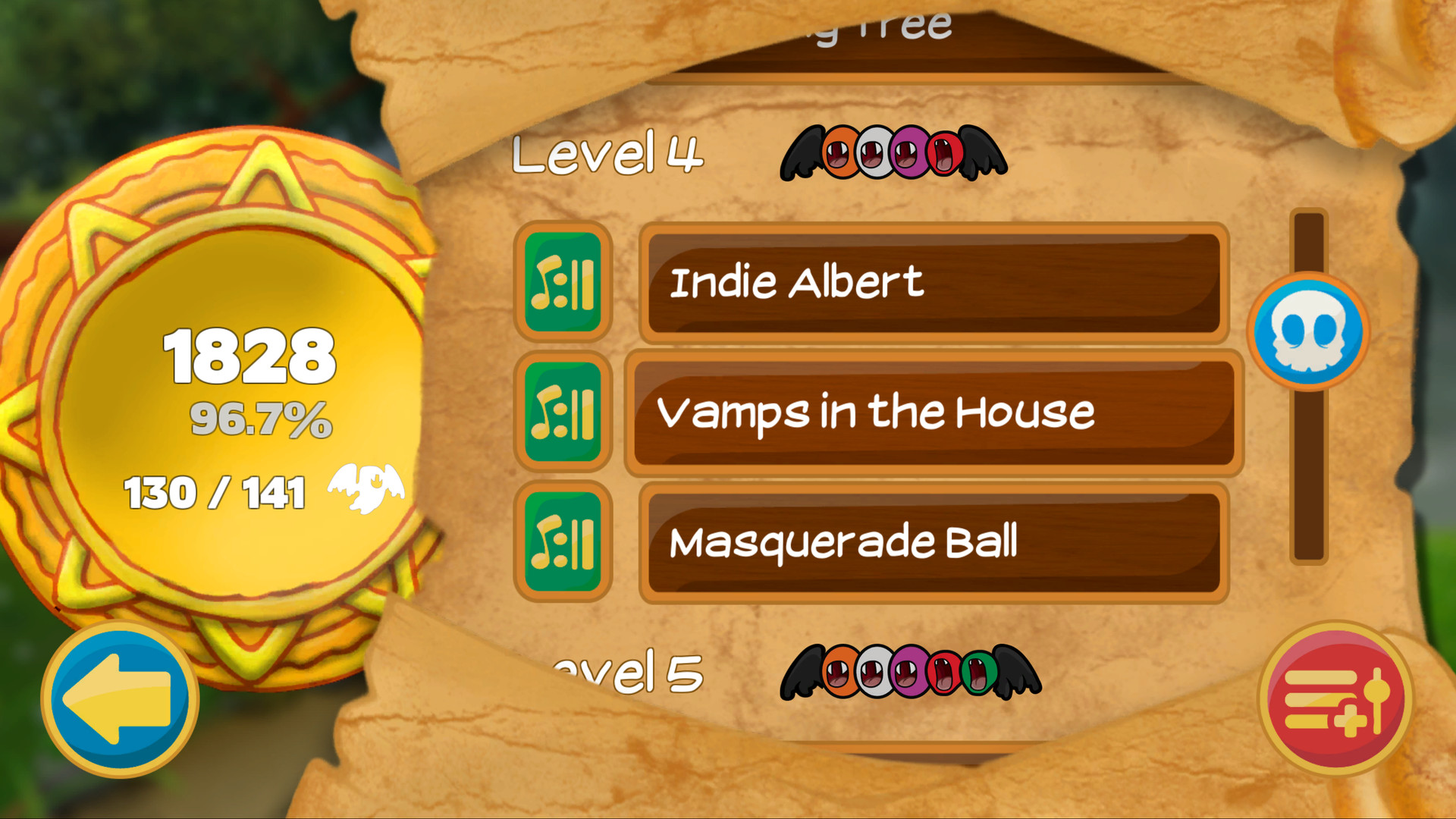

The disposition of tubes, in my opinion, is not so good, because of my lack of memory. The external diameter of those pipes is 2 cm, maybe too wide (and bigger than the one I've realized). Using the first formula shown in the previous step we obtain the list of length: 31.69, 29.91, 28.23, 26.65, 25.15, 23.74, 22.41, 21.15, 19.96, 18.84, 17.78, 16.79, 15.84 rounded to second decimal digit, measured in centimeters.Ī "virtual" pan flute made using those length and laying all tubes on a table is shown in the first pic.

This can be done easily with Excel, Derive, Mathematica, even with Windows' Calc.Īs a math student I love Mathematica, so I will use it. First we find the frequencies of all notes we choose. Now we have the basis to determine the tubes length. If the note is lower than n will be negative, if the note is higher it will be positive. The n is the number of semitones between the note we want and the A4. From this we can determine all other frequencies using the second formula (second pic, obviously). This make the A an A4, with a frequency defined to be 440 Hz (modern concert pitch). In my case the first C is a C4 and the last C is a C5. Since it's is too generic saying "I want to play an E", we must specify also the octave. Each tube will produce a note a semitone higher than the previous one and a semitone lower than the next one.
Best tuner for flute full#
I'm going to make a full octave pan flute, so I need 13 tubes: C, C#/Db, D, D#/Eb, E, F, F#/Gb, G, G#/Ab, A, A#/Bb, B and C again. Now we need to determine which notes we want to produce, and their frequencies. Here is the meaning of various symbols: - L is the length of the tube - v is the speed of sound - f is the frequency Fine. The formula we need is the one in the first pic. So we can "stole" their results to serve our scopes. Luckily, some physician (well, actually a lot of physician) already studied this matter creating and developing a branch of physics called acoustic. Now we need to find a precise relation between tube length and note pitch. Pretty simple, uh? No math, no strange formulas. The inner diameter of the tube influence the speed of blow needed to make the sound audible: smaller diameter means less blow, greater diameter means more blow. The length of the tube influence the pitch: longer tubes produce lower notes, shorter tubes produce higher notes. Each tube have a different length but, usually, the same diameter of all other tubes. I'm here for this! A pan flute is a mere group of tubes with a closed end (called closed cylinder, even if one end is open). OK, if you're reading those words you want to know more. As I've aforementioned, you can skip this passage if you don't want (or need) to understand the physics beyond a pan flute.


 0 kommentar(er)
0 kommentar(er)
